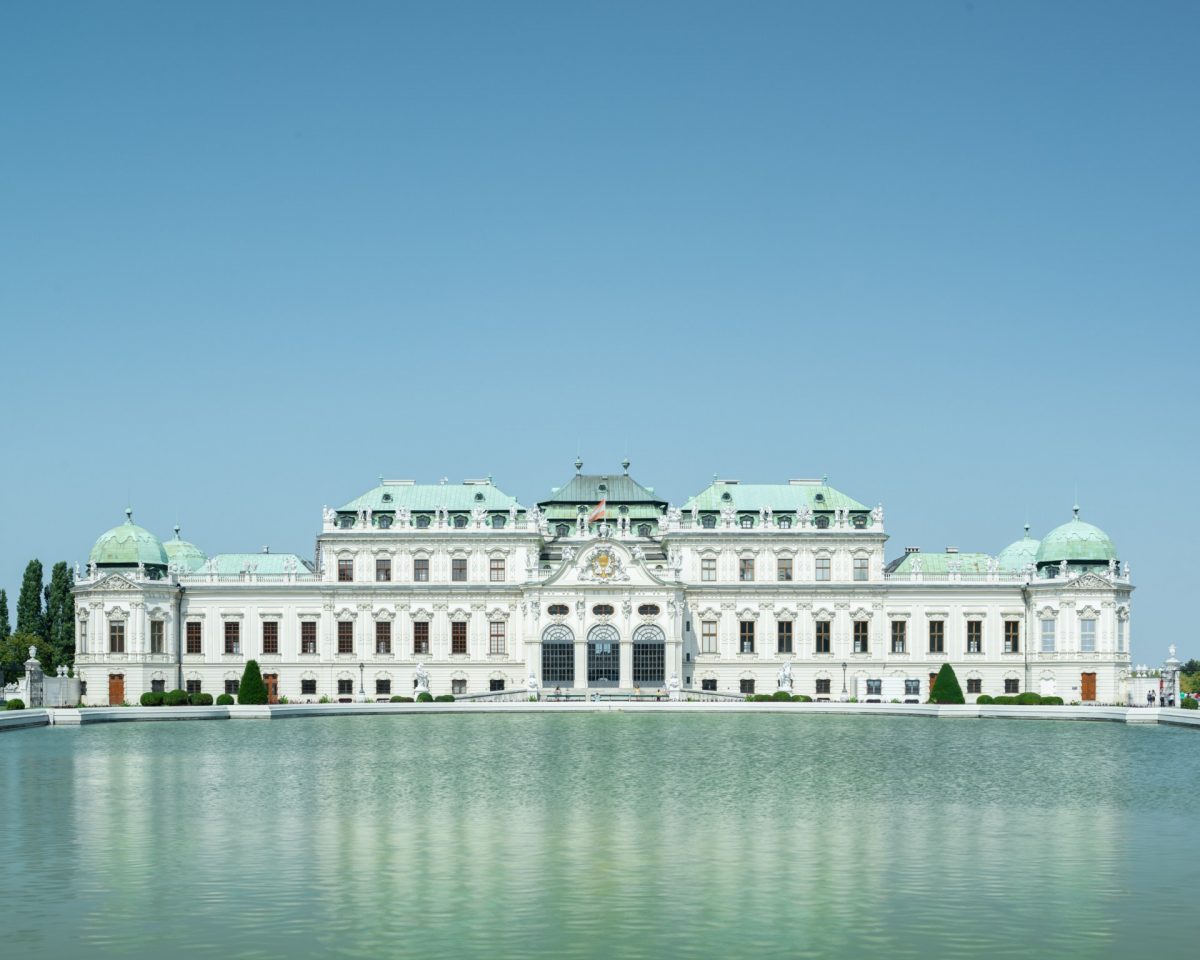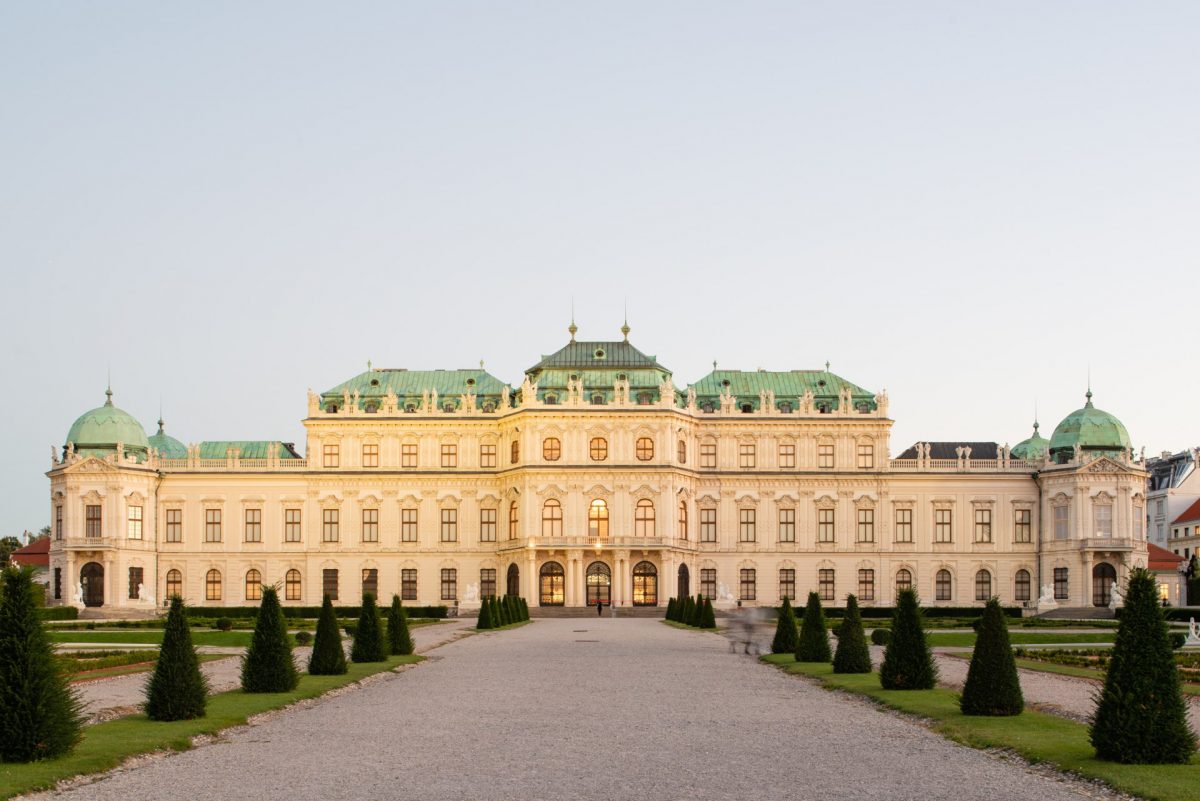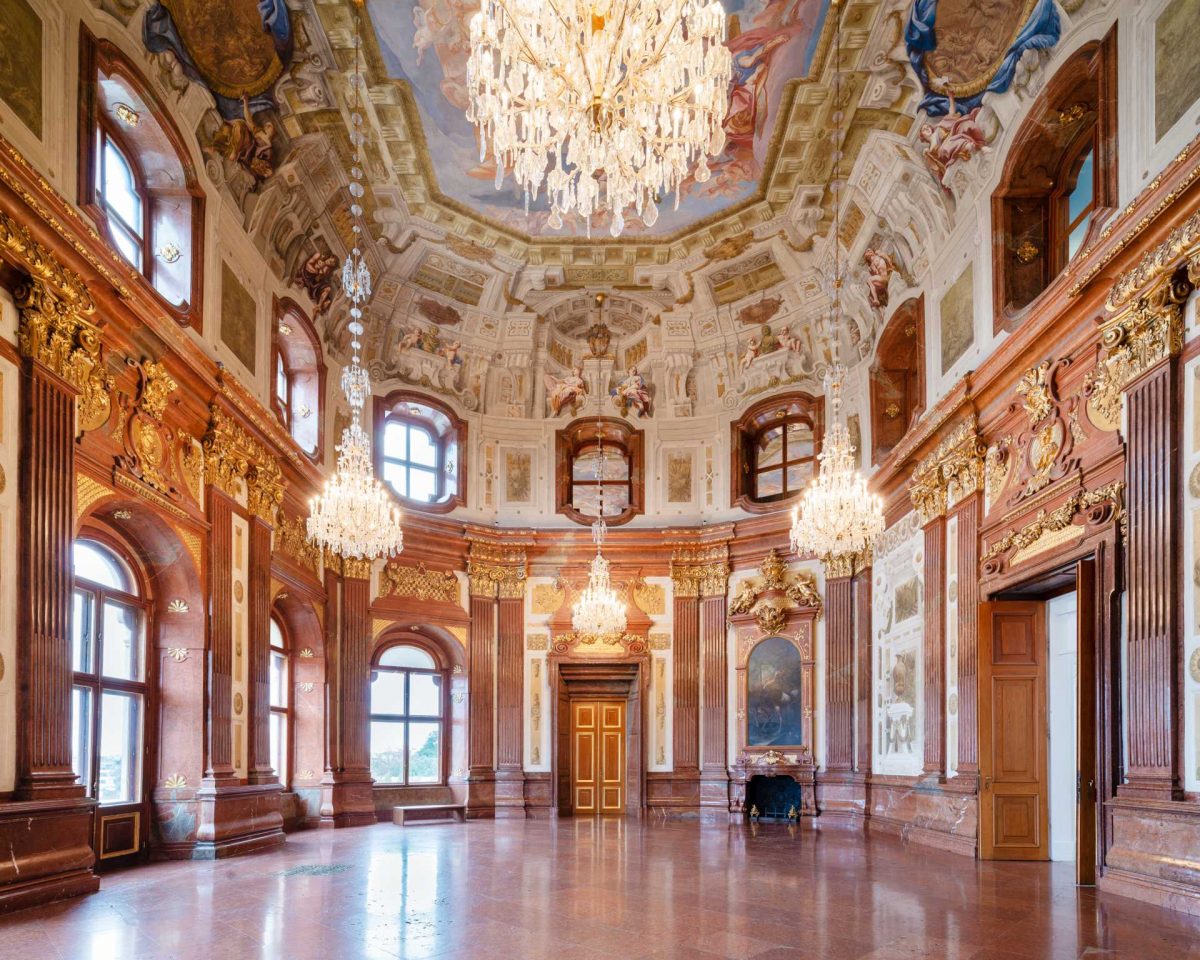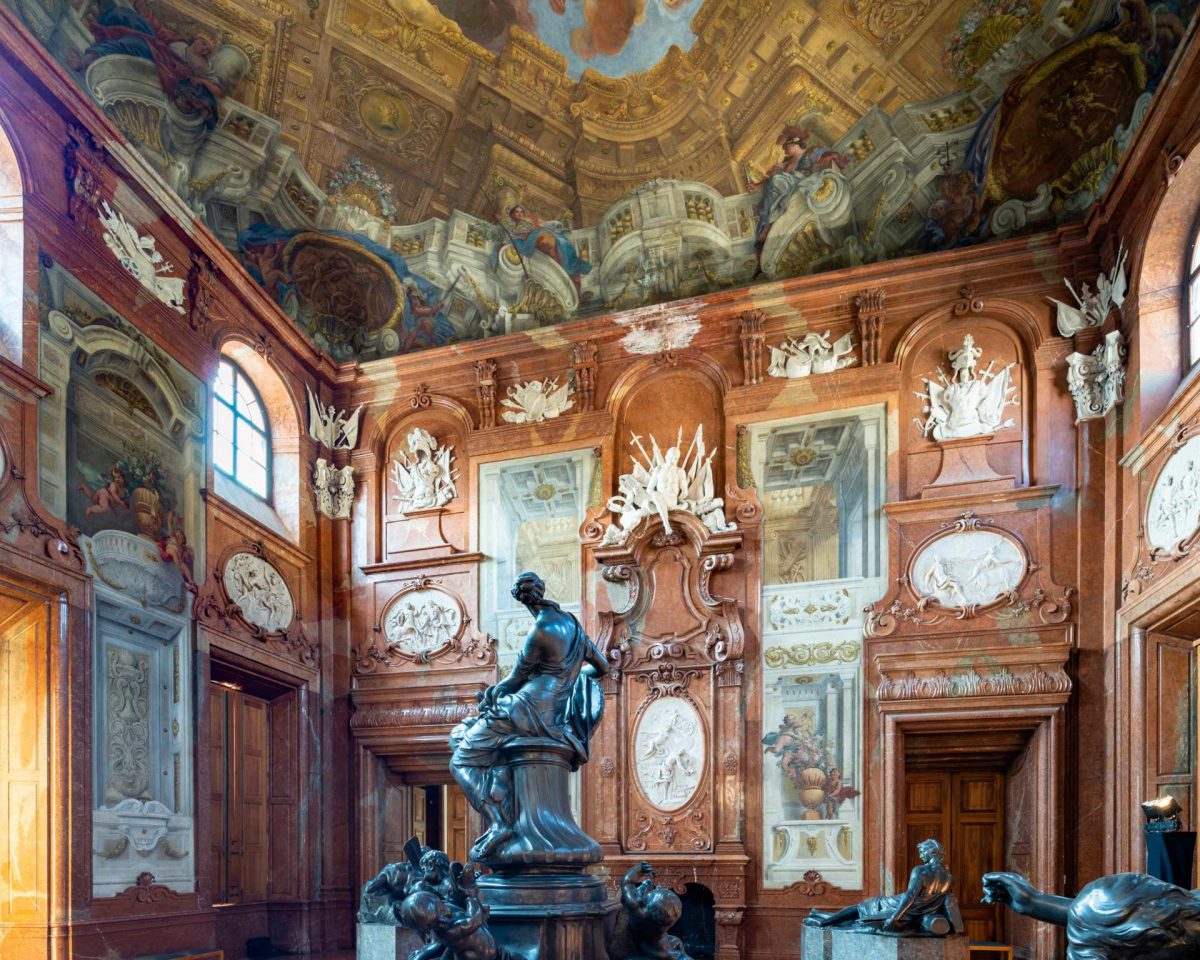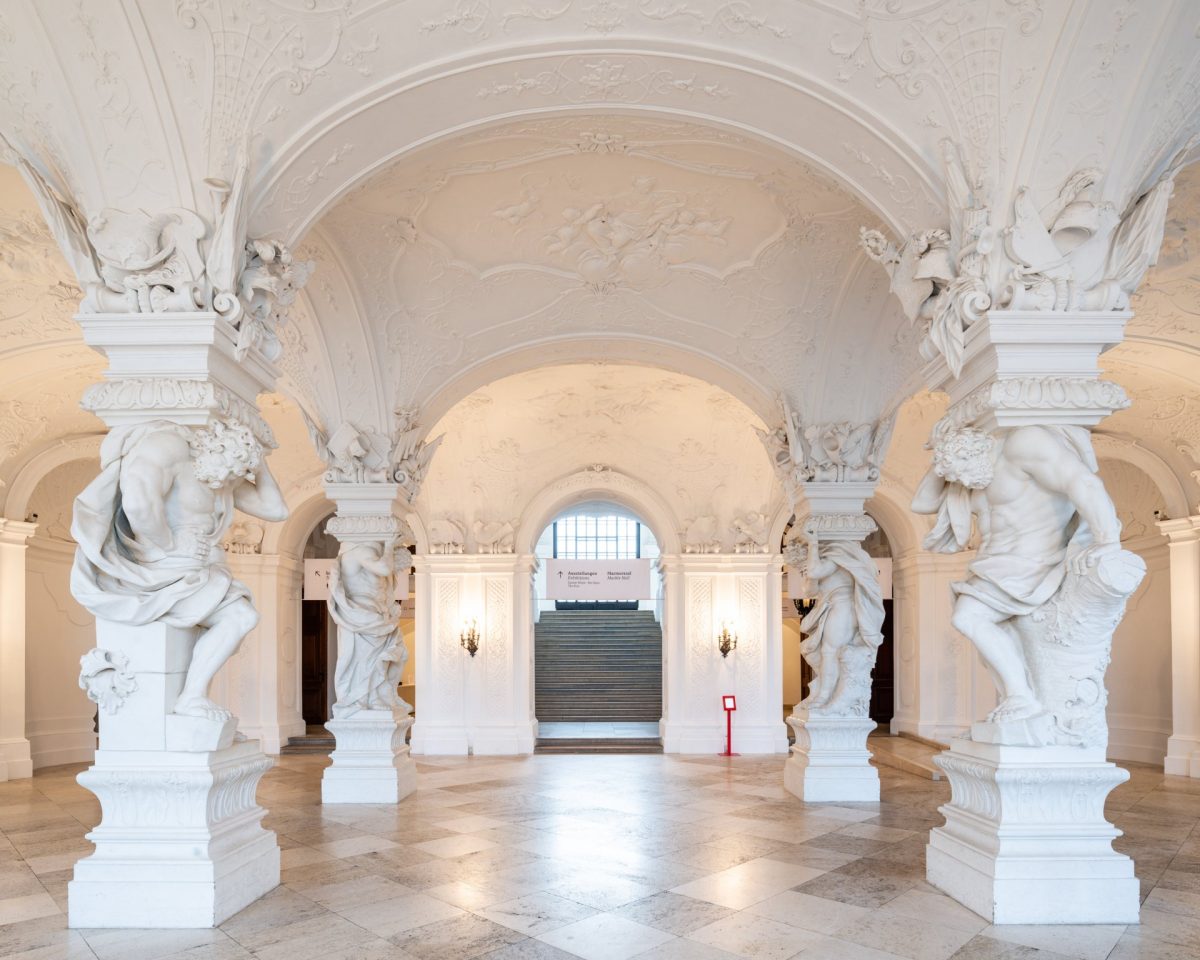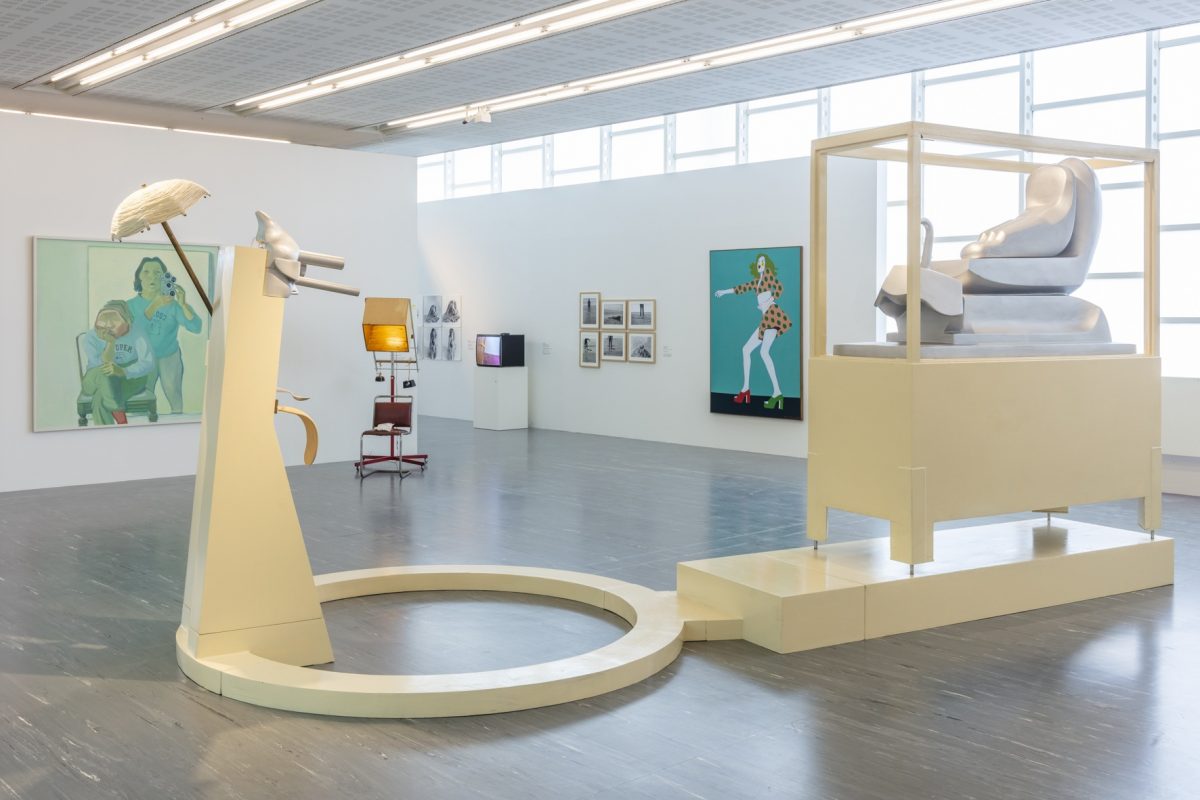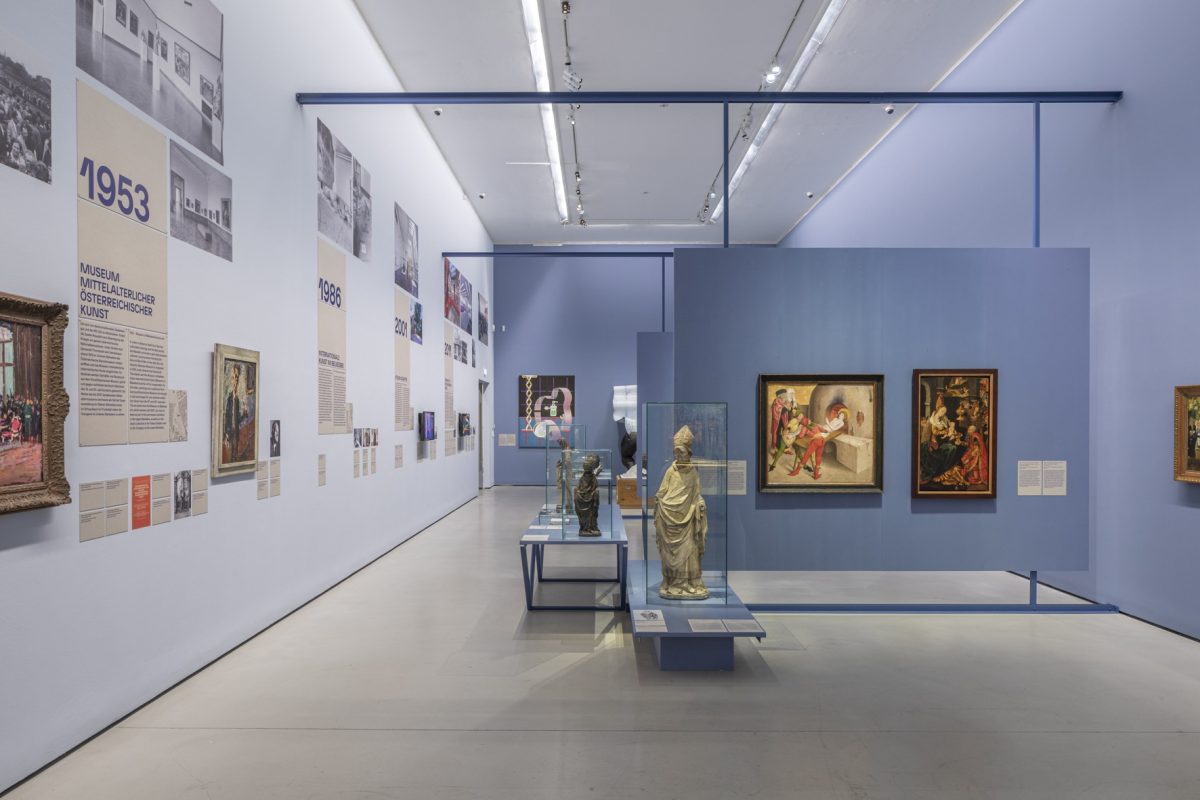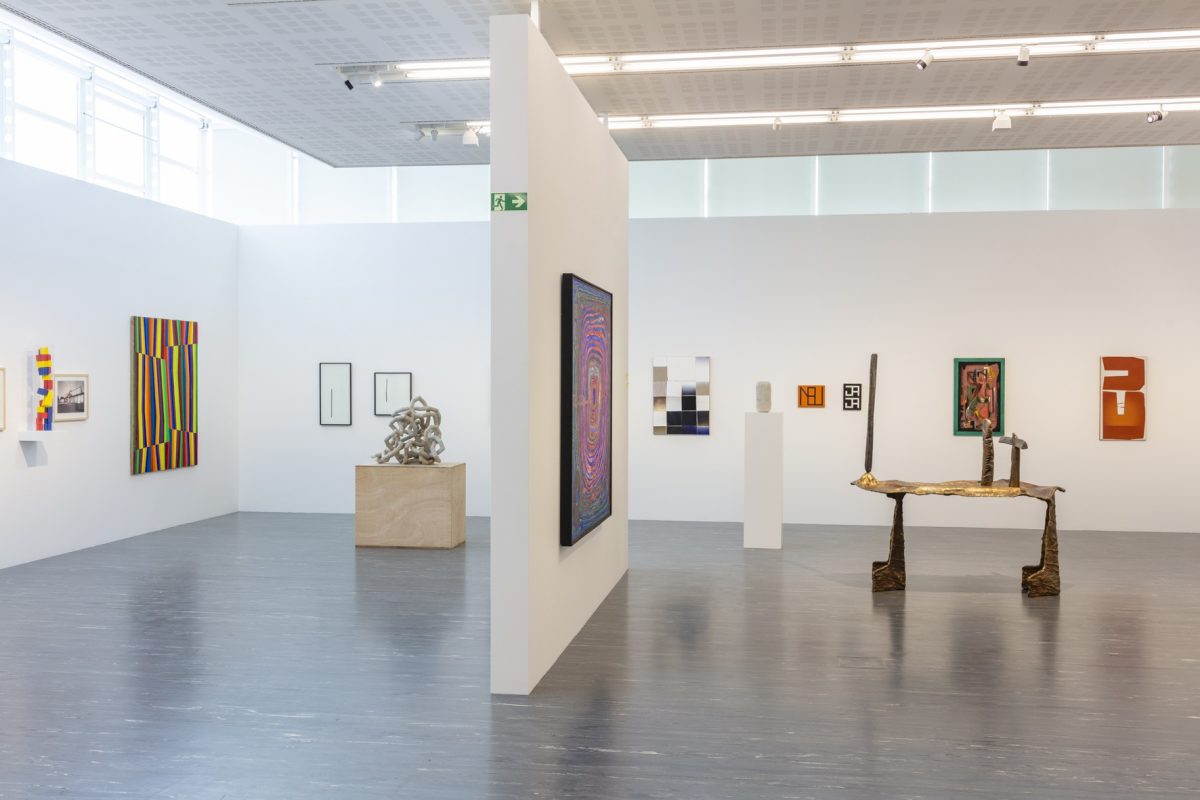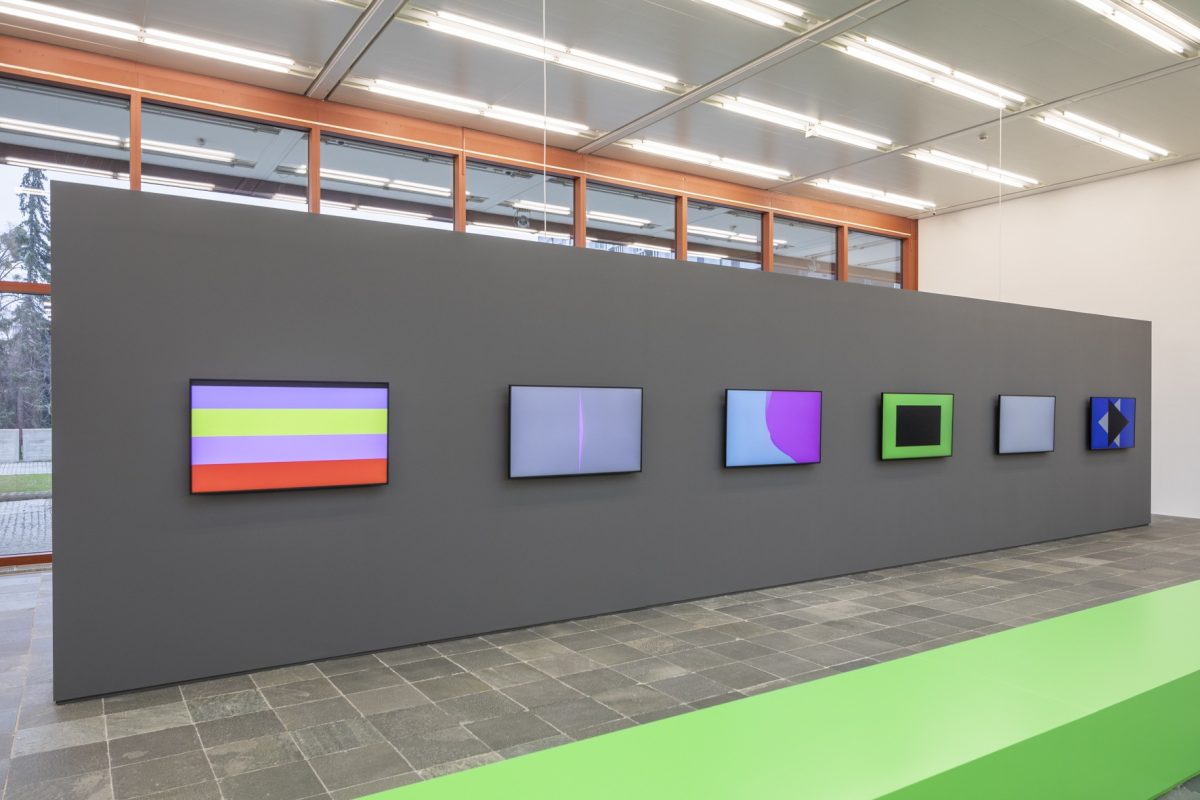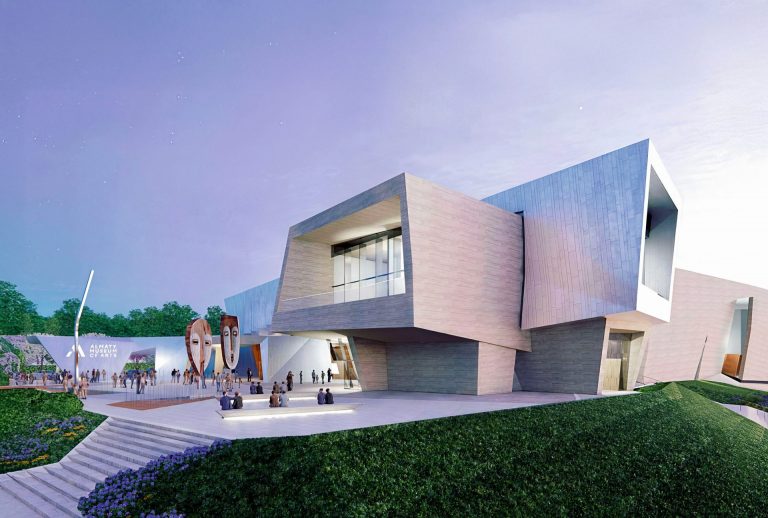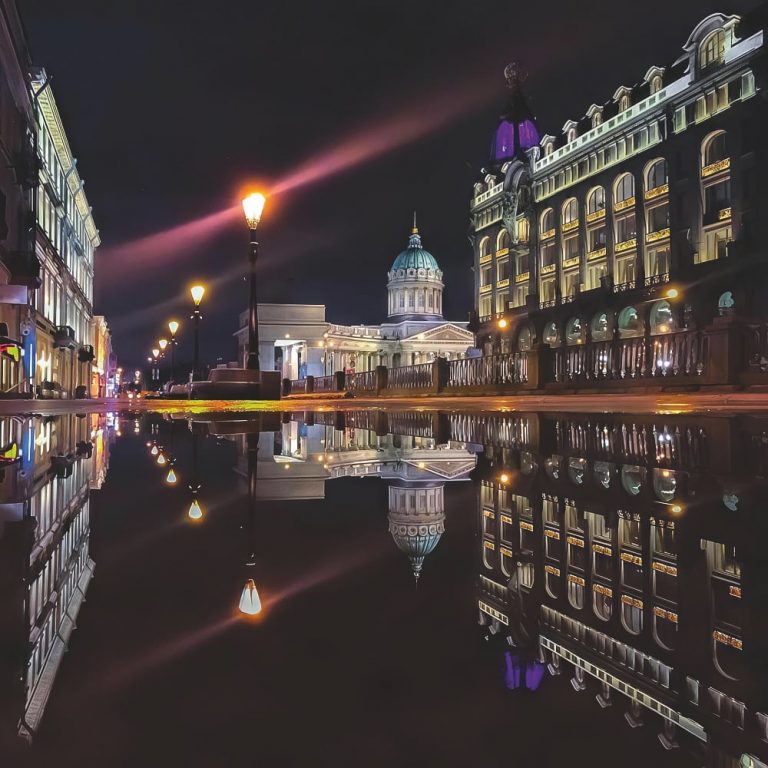One of the world’s most famous palace complexes, the Vienna Belvedere, celebrates its 300th anniversary. The former summer residence of Eugene of Savoy is actually in the heart of the Austrian capital today.
The era of building luxurious country residences of European rulers began with the French Versailles—it was the palace of Louis XIII and his heir, the ‘Sun King’ Louis XIV, that became the prototype of all the great baroque buildings. The “double” Belvedere Palace in Vienna was no exception.
The order to erect the “unprecedented for Austria-Hungary” country palace was signed on November 30, 1697 by Prince Eugene of Savoy. The condottiere serving the imperial army had every reason to do so: he had significant authority, was fabulously rich, and had excellent taste. Despite the fact that the prince’s ancestors were once expelled from France, he managed to win the hearts of other European monarchs with his courage and skill in waging war, which were well-paid.
The order to build two palace buildings and a park between them was assigned to the court engineer Johann Lukas von Hildebrandt, Savoy’s comrade in arms in several military campaigns, who by that time had already established himself as an outstanding architect.
The construction of the Lower and Upper Palaces with a park was completed in 1723. An exorbitant amount of money was spent on the interior decoration—more than 15 kilograms of gold alone were purchased to cover the sculptures in the halls. Marble of the rarest shades, Florentine mirrors, crystal, and glass were brought here from Italy. One of the greatest representatives of the late Italian Baroque, Francesco Solimena, was invited to paint the altarpiece in the chapel and the ceiling fresco in the reception hall, while the owner entrusted Gaetano Fanti and Carlo Carlone with the frescoes in the halls. The garden architect Dominique Girard, who worked in the gardens of Versailles, was invited from France. The Upper Belvedere, intended for representative purposes, also housed Savoy’s outstanding collection, which included works by Raphael and Titian, Rubens and Van Dyck, Memling and Caravaggio.
After Eugene’s death in 1736, it took 16 years for the new chapter in the palace complex’s history to begin, when Empress Maria Theresa and her son Joseph II decided to buy the Belvedere. Masterpieces of painting and sculpture were transferred here from their Hofburg residence, and in 1781 they opened one of the world’s first public museums in the Upper Palace.
Since then, the Belvedere has served as a museum. In the 19th and 20th centuries, there was basically only rotation of rich Austrian collections. In 1903, it was decided to dedicate the Lower Palace to modern art. It was here that the Viennese Secessionists, led by Gustav Klimt, showed their works for the first time, and where the French Impressionists and Post-Impressionists, from Claude Monet to Vincent van Gogh, were also exhibited. At the same time, it also started its own collection, one of the masterpieces of which is Klimt’s legendary “The Kiss.”
For the Belvedere, the entire last century passed and the present one continues under the sign of modernity. Despite the fact that in the post-war years it was decided for the museum to house a collection of works exclusively by Austrian artists, from the Middle Ages to the 1950s, the most contemporary art has “visited” the baroque walls nonstop. The museum was almost a pioneer in the genre of interventions that is trending nowadays. Over the years, works by Francis Bacon, Louise Bourgeois, Jeff Koons, Ai Weiwei, Erwin Wurm, and other leading artists have been hosted here. And the anniversary year of 2023 will be no exception.
The tercentenary celebration program has already begun with the blockbuster “Klimt. Inspired by Van Gogh, Rodin, Matisse…” in the Lower Belvedere, which reveals how the avant-garde artists of their time influenced Austria’s most famous painter. There will also be a pictorial retrospective of the sculptor Louise Bourgeois with rare early paintings in September. And the biggest celebration hit of the Upper Palace, the exhibition “Picture this! The Belvedere Collection from Cranach to EXPORT” about the 700-year relationship between art and society, kicks off March 29.
Photo: press-office, © Lukas Schaller
